Given the current situation we find ourselves in and the fact that many companies are looking for ways to combat Covid-19, in the Heating, Ventilation and Air Conditioning (HVAC) industry a common question being asked is “When it comes to air purification does UVC really work?”
We’ve written about UVC air purification in previous articles: UVGI and ESP Air Purifiers – Air Purification and Why Now is the Time to Have UVC Air Purifiers Installed? In this article we look at modes of infection, examples of airborne transmission and the effect UVC can have on bacteria and viruses, including Covid-19.
Modes of Infection
When it comes to the modes of infection of bacteria and viruses can be passed on when a person with an infection coughs or sneezes releasing the pathogen into the air. They can also be passed on by shaking hands with another person or touching a surface that is contaminated.
In the case of Covid-19 which is a respiratory disease, it can be passed on in three ways: by coming into contact with an infectious person or surface that has become contaminated; by droplet, through exposure to virus containing droplets which are exhaled by an infectious person and inhaled by anyone within 6 feet (or more), and airborne, through exposure to virus containing smaller droplets which remain suspended in the air over a longer distance and up to hours at a time. Although available data suggests that Covid-19 has mainly spread, like other common respiratory diseases e.g. the common cold, through droplet transmission within a short range, we do now know that airborne transmission can occur given the right set of circumstances, primarily if there is inadequate ventilation.
A number of cases have been shown where Covid-19 has been transmitted in a way other than through close contact. In these cases exposure and infection appears to be over longer distances and longer exposure time. Airborne transmission occurs when people are in an enclosed space, when there is prolonged exposure to respiratory particles and if there is inadequate ventilation that leads to the build up of particles containing the virus, in the air.
Examples Of Airborne Transmission Infections
Driver and Vehicle Licensing Agency, Swansea, January 2021 – around 352 employees contracted coronavirus in the period between September 2020 and January 2021. This is believed to be due to employees working without face masks and without adequate ventilation. First Minister Mark Drakeford raised concerns about the “inconsistencies” with the standard of cleaning and hygiene measures, the quality of the ventilation and insufficient social distancing in stairwells and other areas. Read more.
Fitness Dance Classes, South Korea, February 2020 – consecutive confirmed cases had all participated in a fitness dance class. Contacts were traced back to a nationwide fitness dance instructor workshop that was held on February 15 in Cheonan. By March 9, 112 COVID-19 cases were identified as being associated with fitness dance classes in 12 different sports facilities. The instructors and students met only during classes, which lasted for 50 minutes 2 times per week, and did not have contact outside of class. Read more.
Babylonia Nightclub, Spanish Southern City of Córdoba, July 2020 – around 400 people attended a nightclub at an end of the school year celebration. A week later a case of Covid-19 was detected. This initial case led to 73 confirmed cases becoming the largest outbreak in Andalusia, and the one of the biggest in Spain. Joan Ramón Villalbí, the spokesperson for the Spanish Public Health Association said: “Nighttime venues tend to be poorly ventilated, and the volume of the music means you have to speak loudly, which has been documented as a risk factor”. Read more.
2 Sisters Anglesey, Llangefni, 21 June, 2020 – 158 staff tested positive for coronavirus. Workers on fast moving production lines have difficulty maintaining a 2m distance. Tara Smith, professor of epidemiology at Kent State University in Ohio explains “When you have people standing right next to each other working heavily – because of course this is a difficult job – and breathing heavily, you have a chance for spreading virus from just one infected individual to many that are in close proximity”. Many other food processing plants have also suffered Covid-19 outbreaks. Read more.
Choir Practice at Skagit County, Washington, March 2020 – sixty one members of the choir gathered for a practice session which lasted two and half hours. The choir members used hand sanitizer and kept their distance. Despite this thirty three contracted Covid-19 and 2 subsequently died. The infections and deaths were put down to the long exposure time, singing and inadequate ventilation. Read more.
Restaurant X in Guangzhou, China, January 24, 2020 – a number of people sitting within the restaurant were infected with SARS-CoV-2 at a restaurant on Chinese New Year’s Eve at three neighbouring tables. A study of the situation showed that the infection distribution was consistent with a spread pattern representative of exhaled virus-laden aerosols and concluded that aerosol transmission of SARS-CoV-2 was due to poor ventilation resulting in the spread of COVID-19. Read more.
Bus, Hunan province, China, January 22, 2020 – a passenger infected 8 of 49 people on a bus. It was shown that one of the passengers who was subsequently infected had sat 4.5m away from the already infected person and entered and exited the bus through a different door. Associate Professor Yang Yang from the Department of Biostatistics, College of Public Health and Health Professions, Emerging Pathogens Institute, University of Florida explains “That excludes the possibility of contacting each other or [being] in very close contact”. Read more.
It’s clear that having good ventilation is vital to ensuring that spaces, especially enclosed spaces are safe. So what evidence is there that good ventilation along with UVC air purification can work to combat Covid-19 and other viruses and bacteria?
The Effect Of UVC On Bacteria and Viruses
The germicidal effect of UVC radiation has been known for over a century. Today there are many research papers and other evidence regarding the effect UVC can have on bacteria and viruses, including Covid-19. Here are just a few:
A safer UV light effectively kills virus causing COVID-19, study shows – a study conducted by Hiroshima University researchers showed that UVC light effectively kills SARS-CoV-2 — the first research in the world to prove its efficacy against the virus that causes COVID-19. Read more.
Ultraviolet LEDs prove effective in eliminating coronavirus from surfaces and, potentially, air and water – researchers at UC Santa Barbara Solid State Lighting and Energy Electronics Center are developing ultraviolet LEDs that can decontaminate surfaces and potentially air and water that are contaminated with the SARS-CoV-2 virus. Christian Zollner, UV LED Researcher and NSF Graduate Research Fellow says, “One major application is in medical situations — the disinfection of personal protective equipment, surfaces, floors, within the HVAC systems, et cetera.” One of UC Santa Barbara’s corporate partners has reported that “99.9% sterilization of coronavirus (COVID-19) in 30 seconds” had been achieved with its UV LED product. Read more.
COVID-19: UV radiation and infection control – Columbia University Irving Medical Center in New York researchers found that far-UVC light eliminates 99% of seasonal coronaviruses. David Brenner PhD, Director of the Center for Radiological Research explains: “Based on our results, continuous airborne disinfection with far-UVC light at the current regulatory limit could greatly reduce the level of airborne virus in indoor environments occupied by people”. Read more.
Far-UVC Light (222 nm) Efficiently and Safely Inactivates Airborne Human Coronaviruses – researchers previously demonstrated that 222-nm far-UVC light efficiently kills airborne influenza virus and those studies were extended to explore far-UVC efficacy against airborne human coronaviruses. As all human coronaviruses have similar genomic sizes, far-UVC light would be expected to show similar inactivation efficiency against other human coronaviruses including SARS-CoV-2. Based on the beta-HCoV-OC43 results, continuous far-UVC exposure in occupied public locations at the current regulatory exposure limit (~3 mJ/cm2/hour) would result in ~90% viral inactivation in ~8 minutes, 95% in ~11 minutes, 99% in ~16 minutes and 99.9% inactivation in ~25 minutes. Thus while staying within current regulatory dose limits, low-dose-rate far-UVC exposure can potentially safely provide a major reduction in the ambient level of airborne coronaviruses in occupied public locations. Read more.
Study the Degradation of Typical HVAC Materials, Filters and Components Irradiated by UVC Energy – ultraviolet light with a primary wavelength of 254 nanometers (nm), referred to as UVC, is being used to kill microbes in the air and on the surfaces of coils/drain pans in HVAC systems. UVC also is being combined with catalytic surfaces to remove volatile organic compounds from the air. Read more.
Improving Indoor Air Quality Through the Use of Ultraviolet Technology in Commercial Buildings – ultraviolet germicidal irradiation (UVGI) in a building’s HVAC system is one approach to improving air quality and reducing the health risks of its occupants. Read more.
Air Purification/Air Purifiers
Commercial air purifiers can be UVGI (Ultraviolet Germicidal Irradiation), ESP (electrostatic filtration) or dual UVGI and ESP use short wavelength Ultraviolet C (UV-C), static charge or a combination of both are one of the safety measures that can be implemented in workplace, leisure, or medical environments.
Synecore can supply and retro fit a wide range of UVGI and ESP air purifiers to your existing HVAC system, dependent on your existing HVAC system and its air handling capacity. They are:
Fan Coil Air Purifiers
- Discrete
- Handles 0.16 m3/sec of air flow
- Uses UVC technology
- Retrofits in line with fan coil unit
Ventilation Duct UVGI Air Purifiers
- Discrete
- Handles 0.7, 1.4 & 2.1 m3/sec of air flow
- Uses UVC technology
- Retrofits within ducts or main air stream
Dual UVGI and ESP Air Purifiers for Ventilation Ducts
- Discrete
- Uses dual UVGI and ESP technology
- Retrofits within ducts or main air stream
- 120 sq metre area capacity
Hybrid UVGI Air Purifier
- Fits within ducts, on ceilings, walls & floor
- Use free standing or with a fan
- Handles 1 m3/sec of air flow
- Uses UVC technology
- Can be moved from room to room
Mobile Dual Air Purifier Unit
- Castors enable easy manoeuvrability
- Handles 850 m3/hr of air flow
- Uses dual UVGI & ESP technology
- Easy cleaning and maintenance
- One unit measures a 900mm (h) x 600mm (w) x 600mm (d)
- 80 sq metre area capacity
How Do I Know Which ESP or UVC Air Purifier I Need?
Clearly it’s important to choose the correct air purifier for your business and workspace. The right solution will depend on whether you have an existing HVAC system or are looking to install a new HVAC system. Air purifiers can be retro-fitted to existing HVACs. It will also depend on the air handling capacity of your system and the size of your workspace/building.
Synecore can help you find the best air purifier for your business space. We’re offering a free survey to offices, schools, supermarkets, shops, venues, restaurants and other commercial environments. We’ll carry out a full inspection of your building and put together a solution that will best meet your needs to ensure you have the best air quality within your workspace.
Maintaining Your Heating, Ventilation and Air Conditioning
Once installed, you’ll want to make sure that you maintain your HVAC system including your UVC air purification components to ensure they continue to work efficiently and effectively.
Synecore offer comprehensive air conditioning maintenance and servicing programmes including Planned Preventative Maintenance (PPM) to suit your business and the size of your premises. Your PPM will include scheduled visits throughout the year, as often as is required – be it once a month, once every couple of months or just once a year, keeping your system efficient and compliant. Our PPM package is likely to detect a fault before it becomes an issue preventing any downtime at all. If however your system does go down between scheduled visits you’ll also benefit from our priority emergency call out service. Our engineers will carry out any necessary repairs or replacements to ensure that any disruption to your business is kept to an absolute minimum.
In the case of the UVC elements of your HVAC there are no replacement filters required for these units. The components are made of metal and can simply be cleaned regularly by a professional engineer. The UVC lamps too can be replaced by an engineer during scheduled maintenance.
If you would like to learn more about HVACs, UVGI and ESP air purifiers, please contact Synecore on 01795 509 509. Our team will book an appointment for one of our engineers to carry out an inspection and discuss your options.
Subscribe to our newsletter!
Contact us
0845 241 4953
sales@synecore.co.uk
Archives
- January 2024
- December 2023
- November 2023
- October 2023
- September 2023
- August 2023
- July 2023
- June 2023
- May 2023
- April 2023
- March 2023
- February 2023
- January 2023
- December 2022
- November 2022
- October 2022
- September 2022
- August 2022
- July 2022
- June 2022
- May 2022
- April 2022
- March 2022
- February 2022
- January 2022
- December 2021
- November 2021
- October 2021
- September 2021
- August 2021
- July 2021
- June 2021
- May 2021
- April 2021
- March 2021
- February 2021
- January 2021
- December 2020
- November 2020
- October 2020
- September 2020
- August 2020
- July 2020
- June 2020
- May 2020
- April 2020
- March 2020
- February 2020
- January 2020
- December 2019
- October 2019
- September 2019
- August 2019
- July 2019
- June 2019
- May 2019
- April 2019
- March 2019
- February 2019
- November 2018
- October 2018
- September 2018
- August 2018
- July 2018
- May 2018
- April 2018
- March 2018
- February 2018
- January 2018
- December 2017
- October 2017
- August 2017
- June 2017
- April 2017
- March 2017
- February 2017
- January 2017
- December 2016
- November 2016
- October 2016
- September 2016
- August 2016
- July 2016
- May 2016
- April 2016
- March 2016
- February 2016
- January 2016
- December 2015
- November 2015
- October 2015
- September 2015
- July 2015
- June 2015
- May 2015
- April 2015
- September 2014
- August 2014
- July 2014
- June 2014
- April 2014
- March 2014
- February 2014
- January 2014
- December 2013
- November 2013
- September 2013
- August 2013
- July 2013
- June 2013
- April 2013
- March 2013
- February 2013
- January 2013
- December 2012
- November 2012
- October 2012
- September 2012
- August 2012
- July 2012
- June 2012
- May 2012
- April 2012
- March 2012
- February 2012
- January 2012
- December 2011
- November 2011
- October 2011
- September 2011
- August 2011
- July 2011
- June 2011
- May 2011
- April 2011
- March 2011
- February 2011
- January 2011
- December 2010
- September 2010
- July 2010
- June 2010

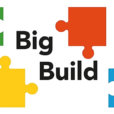

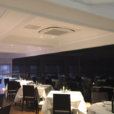
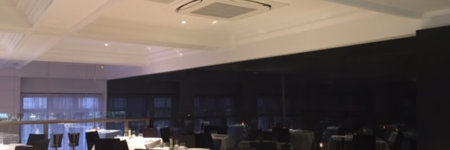




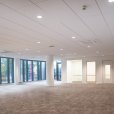
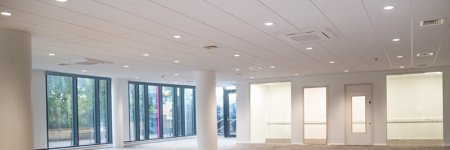
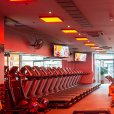
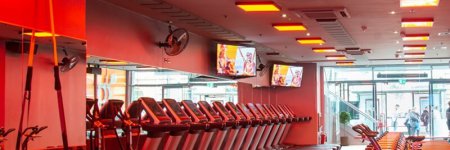

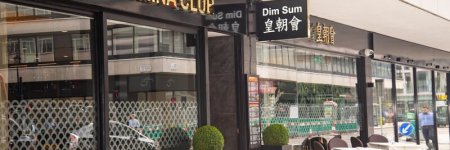
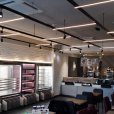
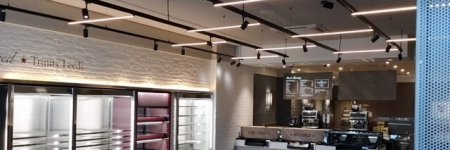
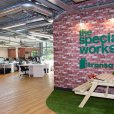



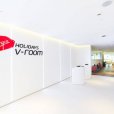
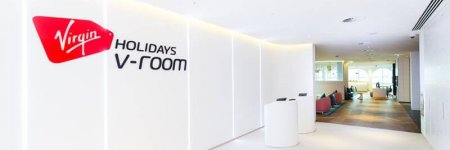
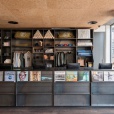
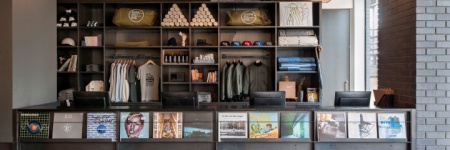
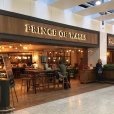
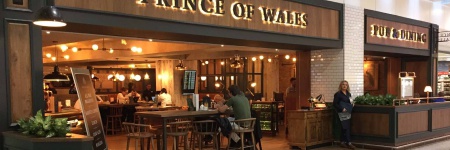
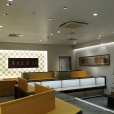
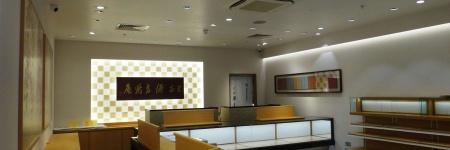
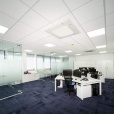
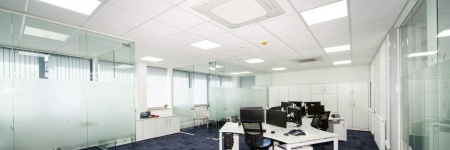
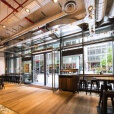
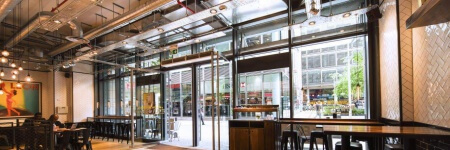
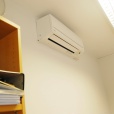
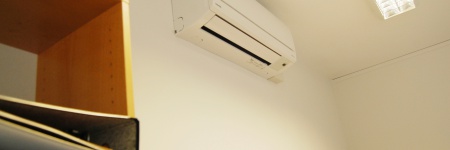

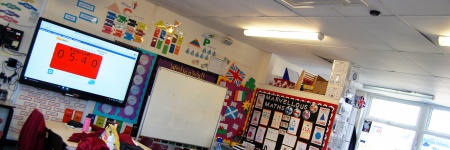
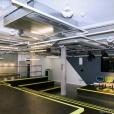
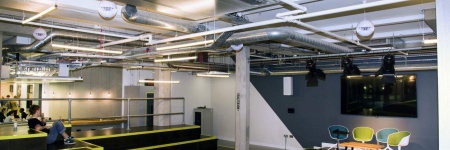
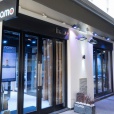
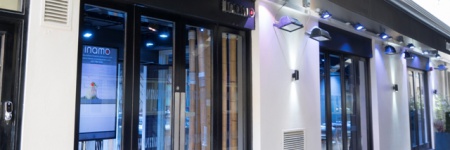
Recent Comments